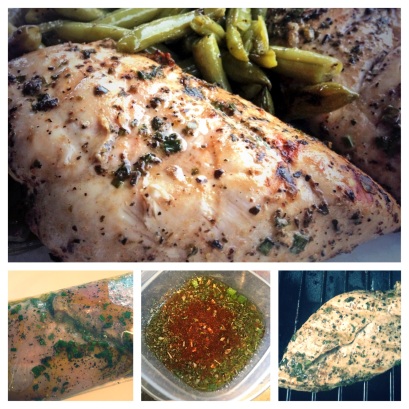The low FODMAP diet is not a life-long diet that you must adhere to… thank goodness! It’s a diet that is designed to identify the causes of your IBS symptoms and give the knowledge to design your future diet. However, the low FODMAP diet is always a safe eating plan to return to when you experience IBS symptoms.
So, after you’ve done the FODMAP eliminate phase for 6-8 weeks or so, now what?
Well, first off – are you feeling better? If you’re not after 6-8 weeks, re-examine your food intake and see if you may have slipped up somewhere. It may be a different food for you that triggers your symptoms. For example, my body does not tolerate citrus fruits very well, even though most of them are on the “safe” FODMAP food list. The low FODMAP diet is not a gluten free diet, so maybe gluten is your issue. Do you eat bigger meals? That could be your issue because the diet encourages you to eat in small quantities more frequently throughout the day. Or maybe it’s something as simple as medicine, vitamins, gum, even lip gloss or lipstick that you’re using that could be cause your issues. Check anything that goes near your mouth, including a partner that you kiss.

If you are feeling much better being FODMAP free, and you’re feeling brave to begin to test FODMAP in your diet, here are the next steps to take:
- Pick a FODMAP group that you want to test reintroducing into your diet. Choose the one you miss the most. I think most people would start with the fructans because of the wheat and spices. This was not my choice since I had learned to live without garlic and onion with the help of some great replacements, like asafoetida powder. Also, being gluten free for a few years, there were many things, like baked goods, that I no longer craved. However, I missed lactose… very much!
- Once you’ve decided on the first FODMAP group to reintroduce, select how you want to attempt it. Choose a food that you miss in a small quantity during dinner. Why dinner? Because if it is unsuccessful, you will most likely be able to sleep through most of the symptoms and it won’t ruin your entire day. Since I chose lactose to reintroduce first, it would be silly of me to attempt a 12oz glass of milk for breakfast, since the quantity is very large and I would most likely be very sick by lunchtime. Instead, at dinner one evening, I chose to incorporate one of these convenient Pastariso Instant Gluten Free Mac & Cheese Cups
 that I missed dearly.
that I missed dearly.
- After you’ve bravely eaten your FODMAP, monitor your symptoms closely and record all the details. Ensure you keep a diary of what you’ve attempted, when you attempted it and all the details to the symptoms you encountered (if any) for the next 24 hours.
- If you were unsuccessful in your attempt and your IBS symptoms return, you have clearly indicated one of your triggers (yea!), quantity included. If possible, test a smaller quantity of the FODMAP later in the day and record your symptoms once you are feeling better and your symptoms subside.
- If you were successful in your first reintroduction, try something very similar in quantity (from the same FODMAP group) again the next day, and track your symptoms. If this was not successful, refer to the red text above.
- If the second test was successful – awesome! It looks like you can safely eat that for dinner! Now try to have that item earlier in the day (lunch) and track your symptoms. Again, if you’re not successful, read the red text. It is common to be OK with the same quantity of things at dinner, but not at lunch. This was my case. While I had no symptoms with eating my GF Mac & Cheese at dinner, I got stomach pain and bloating about 5 hours later after attempting it for lunch. I didn’t notice this when I tested for dinner because I was sleeping, and in the morning I felt fine.
- Successful again? Even better! Every time you succeed and feel no symptoms, repeat and add additional quantities of the same FODMAP group to your meal(s). Eventually you’ll get to a point where you notice that the FODMAP group doesn’t impact you at all or you’ll know your limit that you can consume. This process could take from a few days to a month depending on your success rate.
- Once you have figured out the safe quantity of the first FODMAP, you can move onto testing the next one of your choice. After about 3 months, you should know what you can tolerate and in what quantities so you can design your diet for the future. For me, I can handle galactans at almost all quantities (welcome back hummus!), and a little bit of lactose, fructose and polyols later in the day. Unfortunately, fructans and I do not get along. Even knowing this, I always eat FODMAP free for breakfast and usually at lunch. This allows me to handle most of my days with ease and go to work like a normal person.
The low FODMAP diet (along with any other treatment) will not “cure” your IBS as some people claim. Unfortunately, there is no cure for IBS and personally I don’t think there ever will be in my lifetime. To find a cure, they would need to find a cause first, while still hasn’t been done. The goal of the low FODMAP diet is to manage your symptoms through your daily diet, which has worked very well for me.
I’d love to hear what FODMAPs have made their way back into your daily diet, so please feel free to leave your comments.


adds a great flavor)



